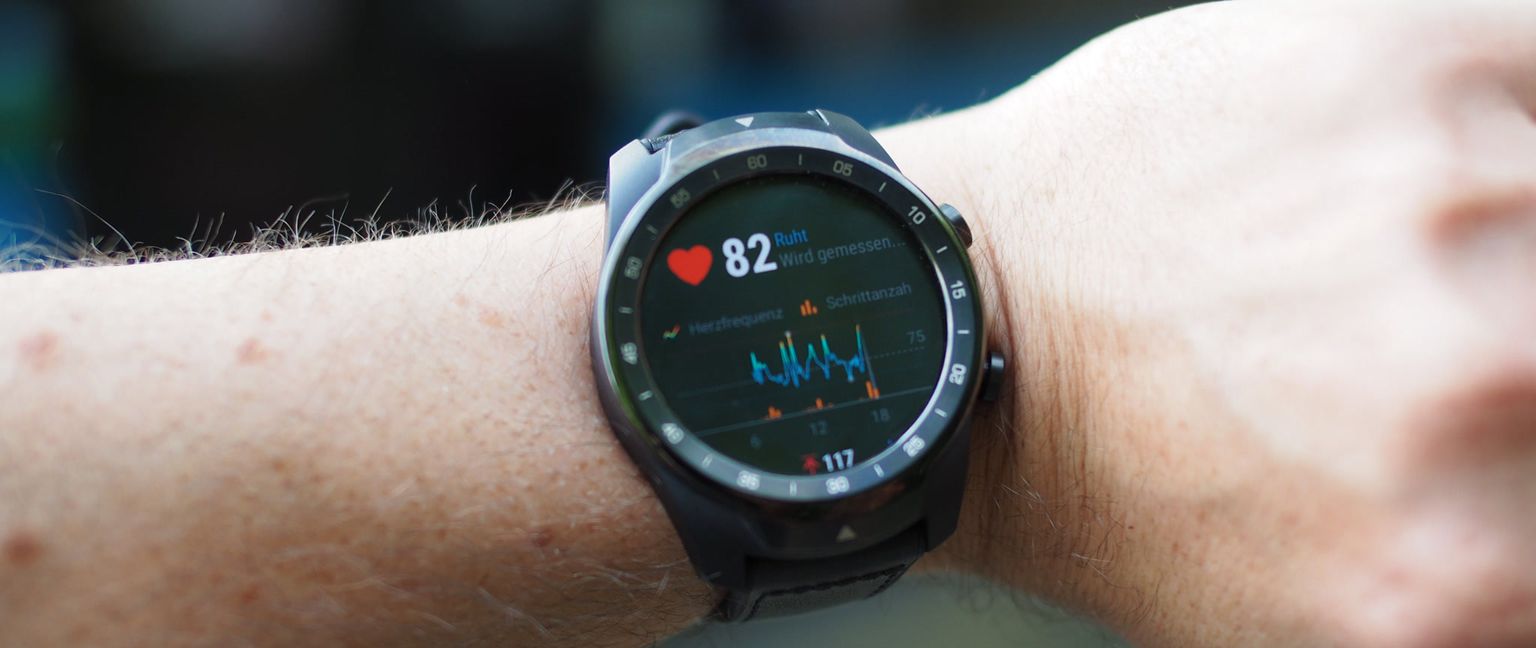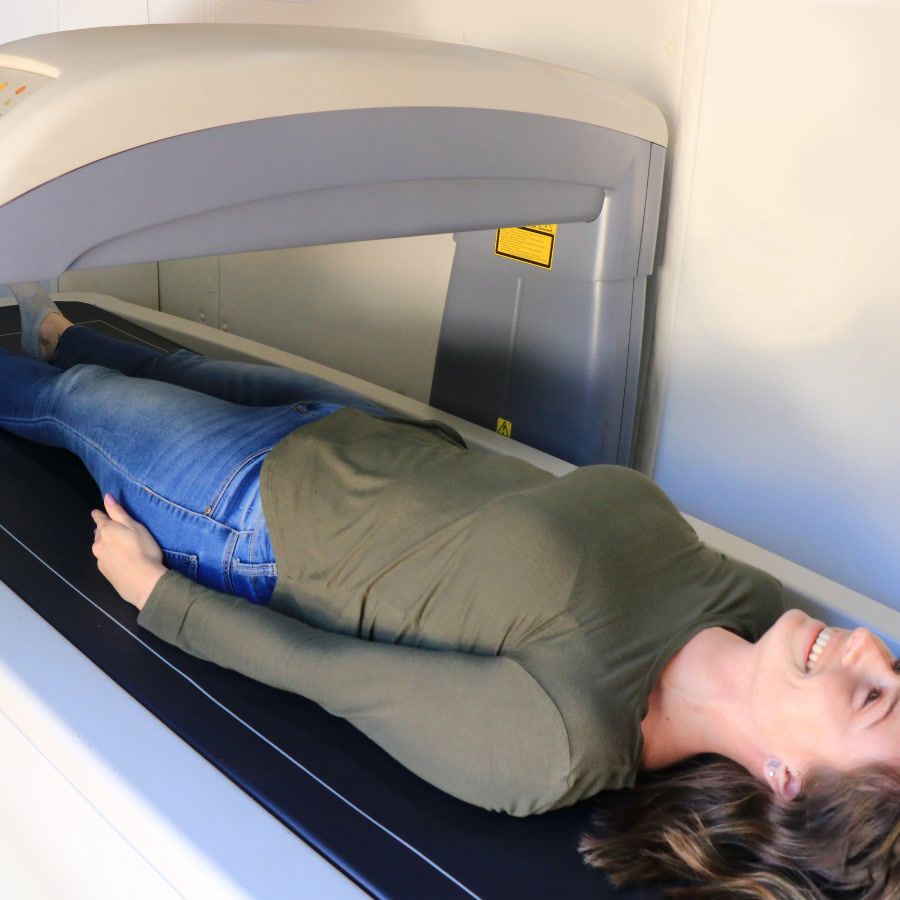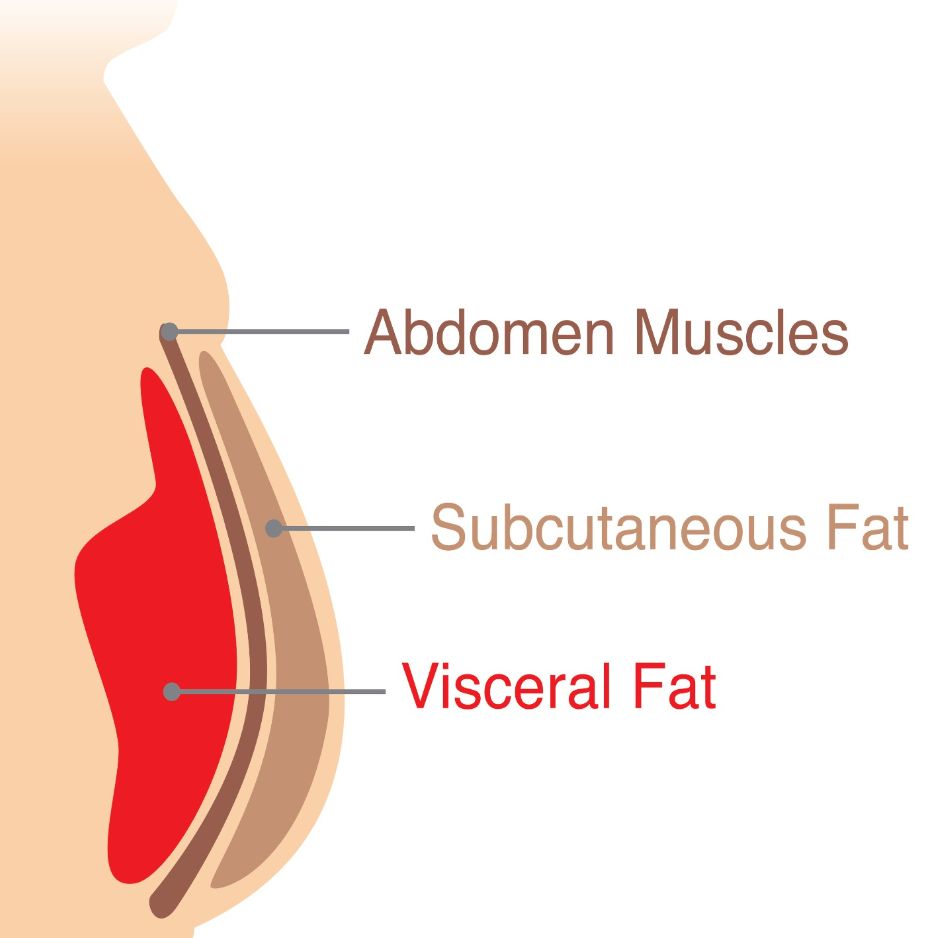Understanding Heart Rate Variability Through a Chart

Understanding Heart Rate Variability Through a Chart
Heart rate variability (HRV) is a valuable tool for assessing the health and functioning of our cardiovascular system. By analyzing the changes in time intervals between consecutive heartbeats, we can gain insights into the autonomic nervous system and its balance between sympathetic and parasympathetic activity. But how do we make sense of the data? That's where a heart rate variability chart comes into play.
Get weekly updates.
The Basics of Heart Rate Variability
Before we delve into the intricacies of decoding a heart rate variability chart, let's first establish a solid foundation of understanding. HRV refers to the variation in time intervals between heartbeats, measured in milliseconds. It is important to note that a higher HRV indicates a healthier autonomic nervous system. In other words, a wide range of time intervals between heartbeats reflects a better adaptability to stress and a more balanced cardiac function.
Heart rate variability is not a new concept. In fact, it has been studied for decades and has gained significant attention in recent years due to its potential as a non-invasive tool for assessing overall health and well-being. The idea behind HRV is that our heart rate is not constant, but rather fluctuates in response to various internal and external factors.
What is Heart Rate Variability?
Heart rate variability is a measurement of the fluctuations between consecutive heartbeats. These fluctuations, or intervals, are influenced by various factors such as respiration, hormonal changes, and neural activity. When we talk about HRV, we are essentially referring to the beat-to-beat changes in heart rate.
It is important to understand that HRV is not the same as heart rate. Heart rate simply measures the number of times the heart beats per minute, while HRV focuses on the variability between those beats. A high HRV indicates that the heart is able to adapt and respond to different demands, while a low HRV suggests a less flexible and potentially stressed cardiovascular system.
The Importance of Monitoring Heart Rate Variability
Measuring and monitoring HRV can provide valuable insights into our overall health and well-being. Research has shown that low HRV is associated with increased risk of cardiovascular diseases, such as hypertension, and is a predictor of mortality in heart failure patients. On the other hand, higher HRV has been linked to better physical fitness, improved cognitive function, and lower levels of stress.
By tracking HRV over time, individuals can gain a better understanding of their body's response to stress and identify potential areas of improvement. For athletes, monitoring HRV can help optimize training programs and prevent overtraining. For individuals with chronic conditions, such as diabetes or hypertension, HRV monitoring can provide valuable information on disease progression and treatment efficacy.
There are various methods to measure HRV, ranging from simple smartphone apps to more advanced medical devices. These measurements can be taken at rest or during specific activities, such as exercise or meditation. It is important to note that HRV is influenced by factors such as age, gender, and overall health, so individual baselines should be established for accurate interpretation of the data.
In conclusion, heart rate variability is a fascinating and powerful tool that can provide valuable insights into our cardiovascular health and overall well-being. By understanding and monitoring HRV, we can make informed decisions about our lifestyle, stress management, and overall health. So, let's embrace the intricacies of decoding a heart rate variability chart and unlock the potential for a healthier, more balanced life.
Decoding a Heart Rate Variability Chart
Now that we have a basic understanding of HRV, let's take a closer look at how to interpret a heart rate variability chart.
Components of a Heart Rate Variability Chart
A heart rate variability chart typically consists of a line graph that plots the time intervals between consecutive heartbeats. The x-axis represents time, while the y-axis represents the duration of the intervals. The chart may also include additional parameters such as the standard deviation of RR intervals (SDNN), which provides an overall measure of HRV, as well as frequency domain analysis.
Interpreting the Data
Interpreting a heart rate variability chart requires understanding the patterns and trends that emerge. One important characteristic to consider is the overall shape of the graph. A smooth, evenly fluctuating line indicates a healthy autonomic balance, while erratic or jagged patterns may suggest an imbalance or dysfunction.
Additionally, the amplitude or height of the peaks and valleys in the chart can provide insights into the strength of our autonomic nervous system. Greater amplitude indicates higher HRV, while smaller amplitude suggests lower HRV.
Factors Influencing Heart Rate Variability
Heart rate variability is influenced by a multitude of factors. Let's explore some of the key ones:
Age and Heart Rate Variability
Age plays a significant role in HRV. As we age, our heart rate variability tends to decrease. This decline is primarily attributed to the decreased flexibility and adaptability of the autonomic nervous system. However, regular exercise and a healthy lifestyle can help mitigate this decline.
Lifestyle and Heart Rate Variability
Our lifestyle choices directly impact heart rate variability. Factors such as stress, sleep quality, nutrition, and physical activity levels can all influence our autonomic balance. High levels of chronic stress, for example, can lead to reduced HRV, while regular exercise and relaxation techniques like meditation or deep breathing exercises can improve HRV.
Improving Your Heart Rate Variability
If you're looking to enhance your heart rate variability, here are a couple of strategies to consider:
Exercise and Heart Rate Variability
Regular physical exercise has been shown to increase heart rate variability. Engaging in activities such as aerobic exercise, strength training, and yoga can improve autonomic balance and enhance HRV. Aim for at least 150 minutes of moderate-intensity exercise per week for optimal results.
Stress Management and Heart Rate Variability
Stress is a well-known contributor to reduced HRV. Incorporating stress management techniques into your daily routine can have a positive impact on heart rate variability. Explore relaxation techniques such as mindfulness meditation, deep breathing exercises, or engaging in hobbies that you enjoy. These activities can help reduce stress levels and improve HRV.
The Role of Technology in Tracking Heart Rate Variability
Advancements in technology have made tracking heart rate variability more accessible than ever before. Wearable devices, such as heart rate monitors and smartwatches, can provide real-time HRV measurements, allowing individuals to monitor their autonomic balance and make informed decisions about their health and well-being.
Wearable Devices and Heart Rate Variability
Wearable devices equipped with heart rate variability tracking capabilities offer a convenient way to monitor HRV throughout the day. These devices provide data on heart rate, HRV trends, and can even send alerts if significant changes or abnormalities are detected. This enables individuals to proactively manage their cardiovascular health.
Mobile Apps for Heart Rate Variability Tracking
In addition to wearable devices, various mobile apps are available for tracking heart rate variability. These apps typically utilize the sensors present in smartphones to collect HRV data and provide personalized insights. They often offer features such as guided breathing exercises, stress management techniques, and the ability to store and analyze HRV trends over time for a comprehensive understanding of autonomic balance.
Monitoring heart rate variability is an essential component of maintaining optimal cardiovascular health. By understanding the intricacies of HRV through a heart rate variability chart, we can make informed decisions about lifestyle modifications, stress management techniques, and exercise routines to improve our autonomic balance.
If you're interested in tracking not only your heart rate variability but also your body composition, consider the benefits of BodySpec's affordable DEXA scans. These scans provide accurate measurements of body fat, muscle mass, and bone health, allowing you to track changes over time and optimize your overall health and fitness journey.


